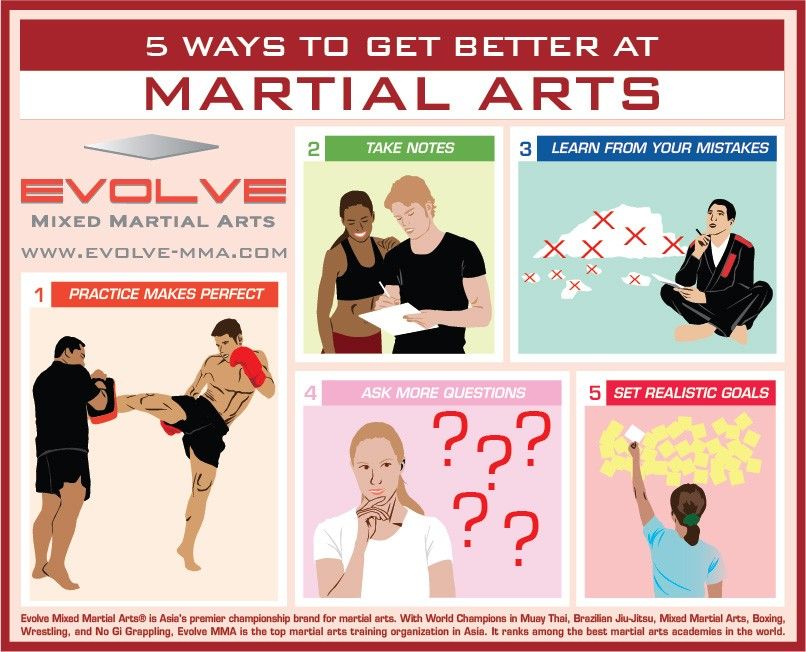The Worldwide Trip And Advancement Of Martial Arts Throughout Background
The Worldwide Trip And Advancement Of Martial Arts Throughout Background
Blog Article
Short Article Composed By-Hess Ebsen
Martial arts have a remarkable background that covers centuries and continents. You could discover it interesting how old practices like Shuai Jiao and Kalaripayattu laid the groundwork for contemporary fight techniques. These self-controls not only emphasize physical abilities yet also reflect the cultures that birthed them. As you explore their advancement, consider just how globalization has transformed these typical types into crossbreed styles. What impacts do you believe have shaped today's martial arts landscape?
Ancient Martial arts: The Structures of Battle
As you explore the globe of ancient martial arts, you'll uncover the rich foundations that shaped fight methods across cultures. Early methods focused on Self-Defense and survival, often integrating strikes, hurting, and weaponry.
In old China, for example, methods like Shuai Jiao stressed throws and joint locks, while India's Kalaripayattu showcased agility and liquid motion. Japanese samurai developed Kenjutsu, a refined swordsmanship that highlighted technique and approach.
These martial arts offered not just for fight but also as a way of individual development, instilling values like regard and determination. The blending of these methods gradually prepared for the varied martial arts you see today, each mirroring the special ideologies and demands of its society.
The Social Influence on Martial Arts Development
While martial arts typically reflect the useful needs of a culture, they likewise personify the social values and ideas of their origins. When you discover various martial arts, you'll observe just how they're affected by religious beliefs, approach, and social norms.
For example, the emphasis on regard and self-control in Japanese martial arts originates from Zen Buddhism and samurai society. On the other hand, Brazilian Jiu-Jitsu promotes flexibility and approach, formed by the requirement for efficiency in a diverse, multicultural setting.
You could find that the routines, attires, and training techniques reflect an area's background and identification. By comprehending these social impacts, you strengthen your appreciation of martial arts and their duty fit human experiences around the world.
Modern Adaptations and the Globalization of Martial arts
Martial arts have actually transformed significantly in recent years, adapting to modern culture and global impacts. You'll see that typical kinds have blended with modern methods, producing hybrid styles like MMA. do martial arts school accept kids with autism deal with varied audiences, making martial arts available and enticing globally.
With the surge of social networks and digital platforms, you can find tutorials and competitors from all edges of the world, breaking geographical obstacles. This globalization has caused a shared admiration for numerous techniques, from Brazilian Jiu-Jitsu to Taekwondo.
As you involve with these arts, you'll recognize they're not nearly battle; they advertise physical fitness, discipline, and psychological health.
Eventually, modern-day adaptations have enhanced the martial arts landscape, making it a dynamic and advancing method.
Conclusion
In exploring the background and evolution of martial arts, you uncover a fascinating blend of techniques, cultures, and approaches. From ancient self-controls like Shuai Jiao and Kalaripayattu to the modern-day versatility seen in MMA, martial arts mirror humanity's mission for Self-Defense and personal growth. As you engage with these practices, you not just acquire skills but also a deeper recognition for the varied customs that form our globe today. So, proceed https://augustguogx.kylieblog.com/34956183/embrace-the-effective-impact-of-martial-arts-classes-and-explore-how-they-can-considerably-boost-your-fitness-and-technique-in-means-you-never-envisioned and accept the art of battle!
